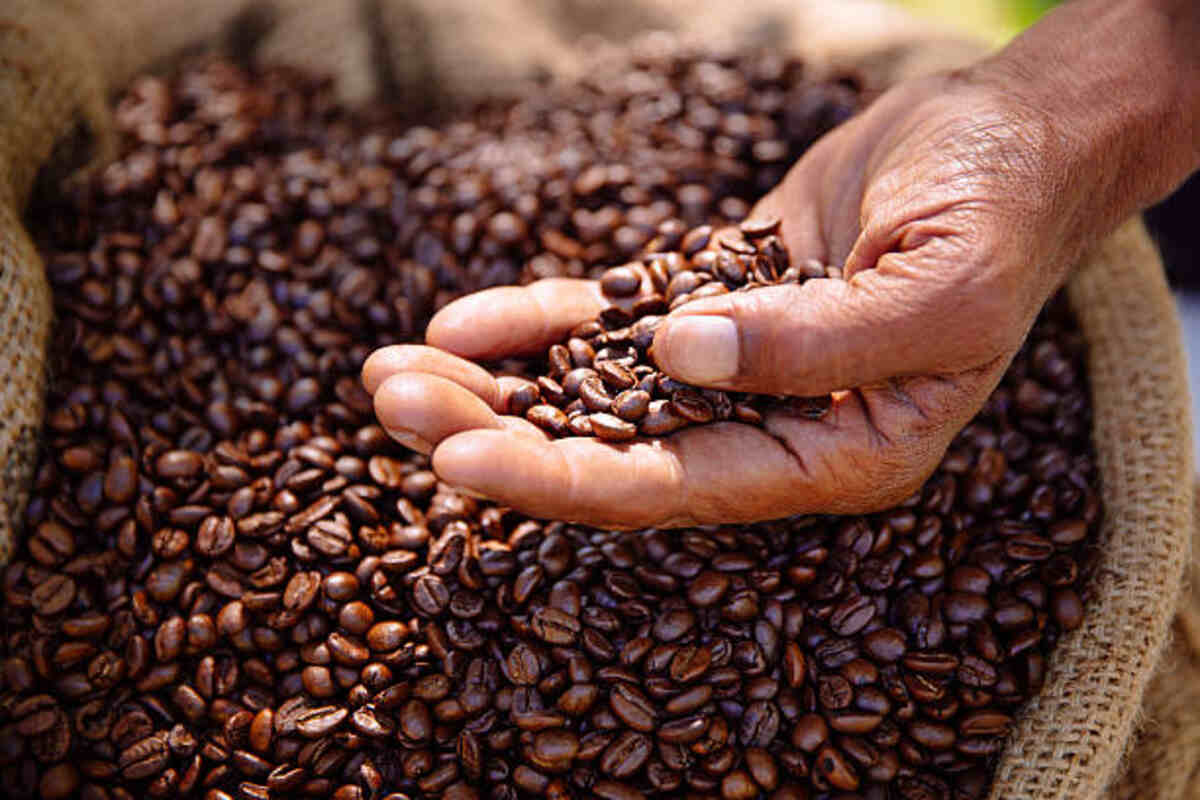What are the coffee farms
As coffee consumption increases yearly, coffee farms, also called coffee plantations, are expanding and modernizing. Their location is directly related to the characteristics of the coffee plants: to produce the best beans, coffee plants must grow at a certain altitude and in certain climatic conditions. Slight elevation differences create microclimate differences, so even farms from the same region can produce beans with different flavor profiles.
This feature leads to the fact that the vast majority of farms are located in the countries of the “coffee belt”:
- Latin America.
- The Caribbean.
- Central and South America.
- Africa.
- Madagascar.
- Asia.
- Hawaii.
More information about coffee producers can be found at https://festcoffeemission.com/en/geography/. Arabica and Robusta are the most common coffee varieties grown, with Arabica prized for its superior flavor. The beans are obtained by picking the coffee cherries when they reach the appropriate ripeness level. Mechanized picking is carried out where the terrain allows, but workers often pick berries by hand.
Preparing coffee beans
Once harvested, the coffee cherries are processed to extract the coffee beans. Two main methods are dry processing (natural) and wet processing (washing). After processing, the coffee beans are dried to reduce the moisture content. This will prevent mold from appearing in them, and they can be stored longer. Dried coffee beans are sorted and classified based on size, weight, and quality. The coffee farms then export their beans to roasters and coffee distributors worldwide. The grains are then processed, ground, and packaged for the convenience of consumers.
Features of farms
If you were surprised that roasting is not included in the mandatory processing of beans, then you should know that not all coffee farms do their roasting. They can either roast the beans on-site or sell them to roasters.
Many coffee farms are implementing sustainable and environmentally friendly practices. These include shade-grown coffee (under the canopy), organic farming, and fair trade practices that ensure fair wages to coffee shop workers. Some coffee farms invite tourists, thus making the farm more famous, and tourists can learn about the coffee production process and even have the opportunity to take part in coffee tasting.
Coffee cultivation is an essential source of income and employment in many regions. It supports the livelihoods of millions of people, from farmers and collectors to exporters and retailers.
Read also: The Impact Of Alcohol Addiction On Physical And Mental Health


